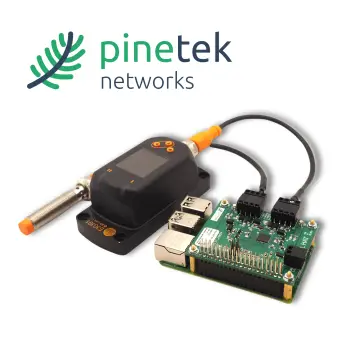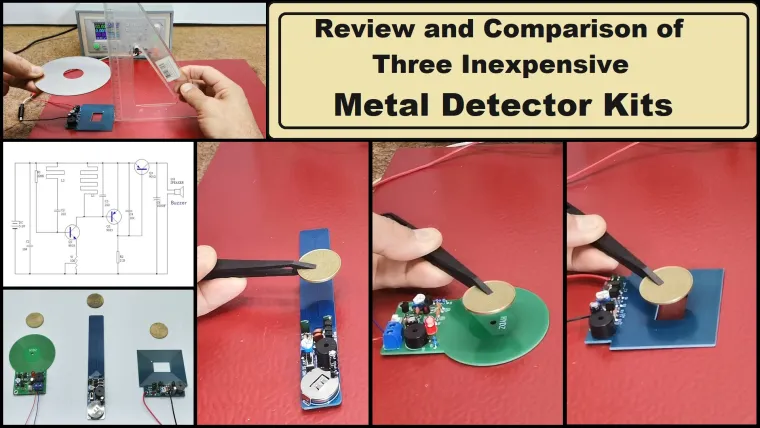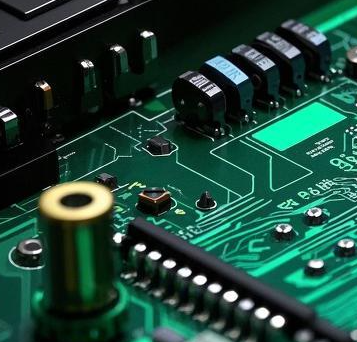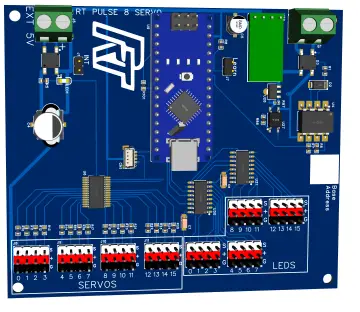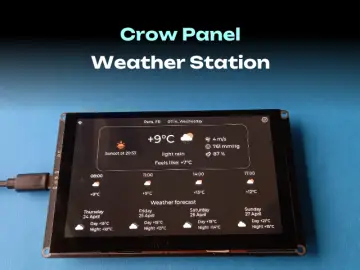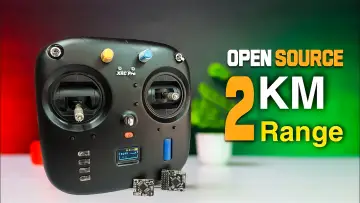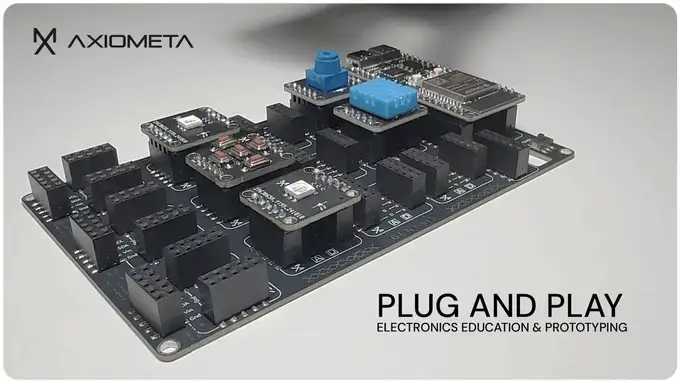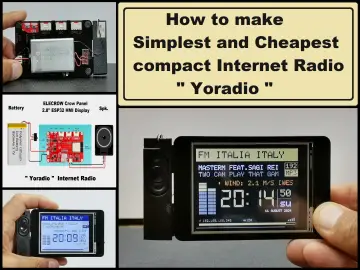Story
A metal detector is a device used to detect the presence of metal objects in the ground or other materials. It works by generating an electromagnetic field and then measuring the response of any nearby metal objects to that field.
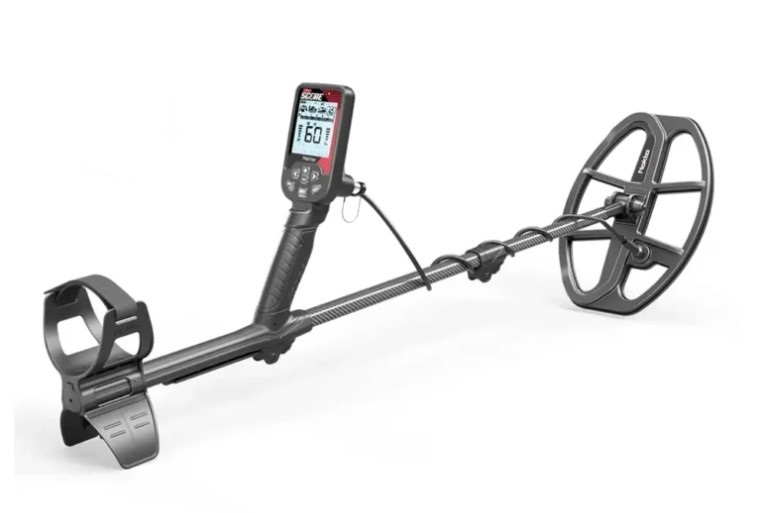
Self-construction of such a device is often a complex and expensive process. Small, simple metal detectors in the form of а kit can be obtained for a few dollars. This time I will analyze and compare three seemingly completely different models that can be found most often in online stores. All three detectors are supplied as a kit containing all components and a PCB with clearly marked places where the components need to be soldered
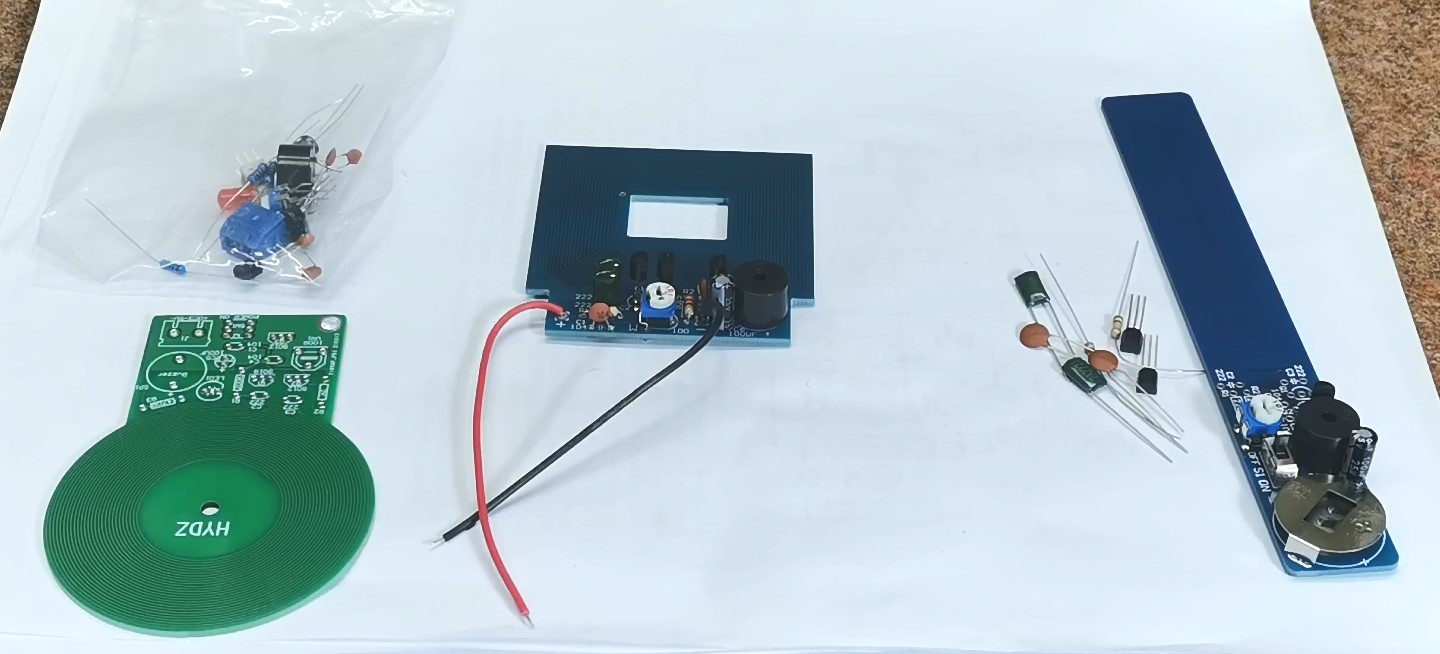
Soldering the components takes no more than half an hour for each kit, and at least in my case all three detectors worked immediately on first power up.
You can watch a detailed video review at the following link: https://youtu.be/CrdseWjSrVk
If we look at them a little more carefully, we will notice that the three contain exactly the same components:
three transistors each, 4 capacitors, 2 resistors, buzzer, etc... Let's first analyze the schematic diagrams of the three metal detectors. It is easy to see that the three schematics are identical. The only difference is led diode with current limiting transistor which is added in this circuit in parallel with the buzzer, which are added to one, but they do not affect the sensitivity at all.

So all three metal detectors are made according to the same schematic, but as we can see the layout of the components and the shape of the coils are different.
Let's see if these differences affect the sensitivity of the devices. I will perform the tests under the same conditions with a 3V power supply. When turning on, we need to set the trimmer potentiometer to a position before the buzzer is activated. When it is closest to activation, the sensitivity is the highest, but therefore the stability is the lowest. I will perform testing first on a small object (Coin), and then on a more massive metal objects.

First I would like to briefly explain the principle of operation: If you look carefully at the board, you will see that he coil is tapped at one turn and this turn is actually producing an out-of-phase output (called feedback). When an object is placed in the centre of the coil, some of the flux is passed into the metal object and is lost. This change in flux is detected by shifting the precisely adjusted (with the trimmer potentiometer) critical point of oscillation, the circuit stops oscillating, and as a result of this change, a voltage appears on the collector of the transistor T3 and the Buzzer is activated. From what you have seen so far, it can be concluded that the sensitivity of this type of metal detector is generally very low. The reason for that is the way the search coil is designed. The printed circuit coil does not produce a very sensitive "detection" because the magnetic flux is widely distributed over a very large area and not very much flux is near the object being detected. We can significantly increase the sensitivity of this metal detectors if we make an external search coil consisting of 70-80 windings in the form of a circle with a diameter of 10cm and a tap point on the second winding, but I will explain this in more detail on another occasion.
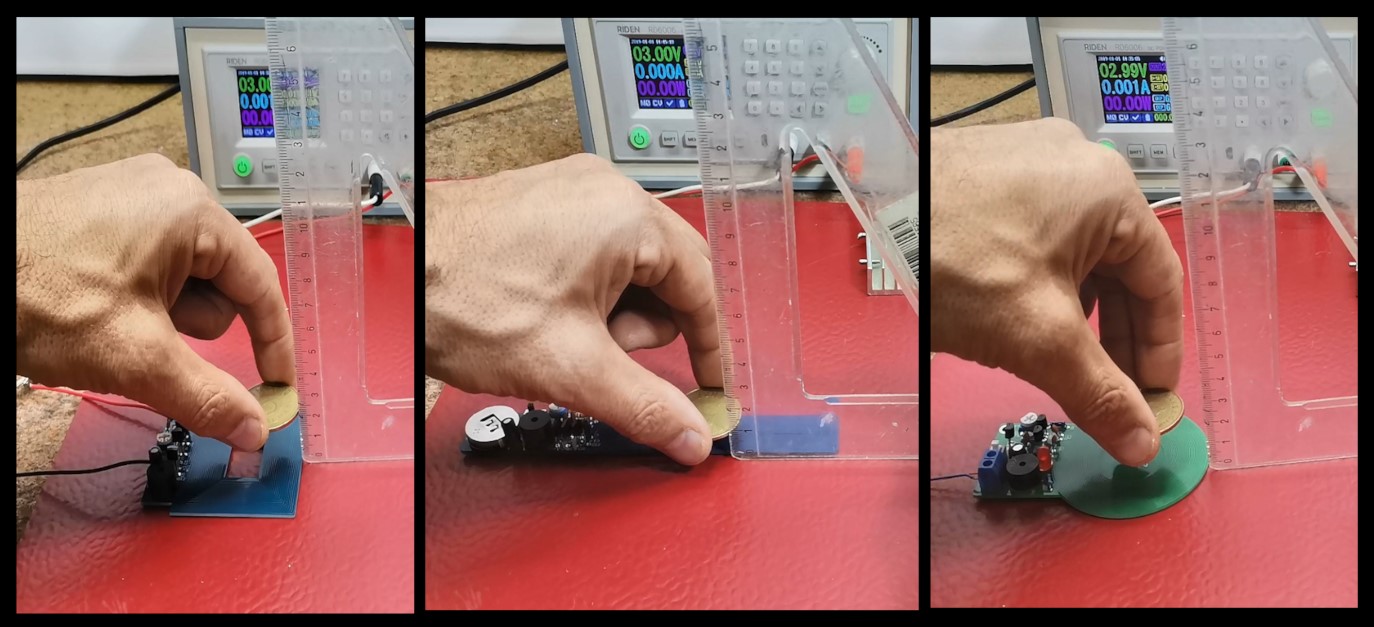
As we could see from the tests, first two metal detectors have almost the same sensitivity, and it mostly depends on the precise adjustment of the trimmer, during which we have to find a compromise between stability during operation, and sensitivity. The third detector has the lowest sensitivity, and the obvious reason is the shape of the coil, since the circuit diagram and the value of the components used is identical in all three detectors.
And finally a short conclusion. These miniature metal detectors cannot boast of any great sensitivity, but it would still be good to make them for any enthusiast in this field, especially because of the opportunity to study in detail the way such devices work. Another big plus is the possibility of tweaking and improving their features, and of course the incredibly low cost.











